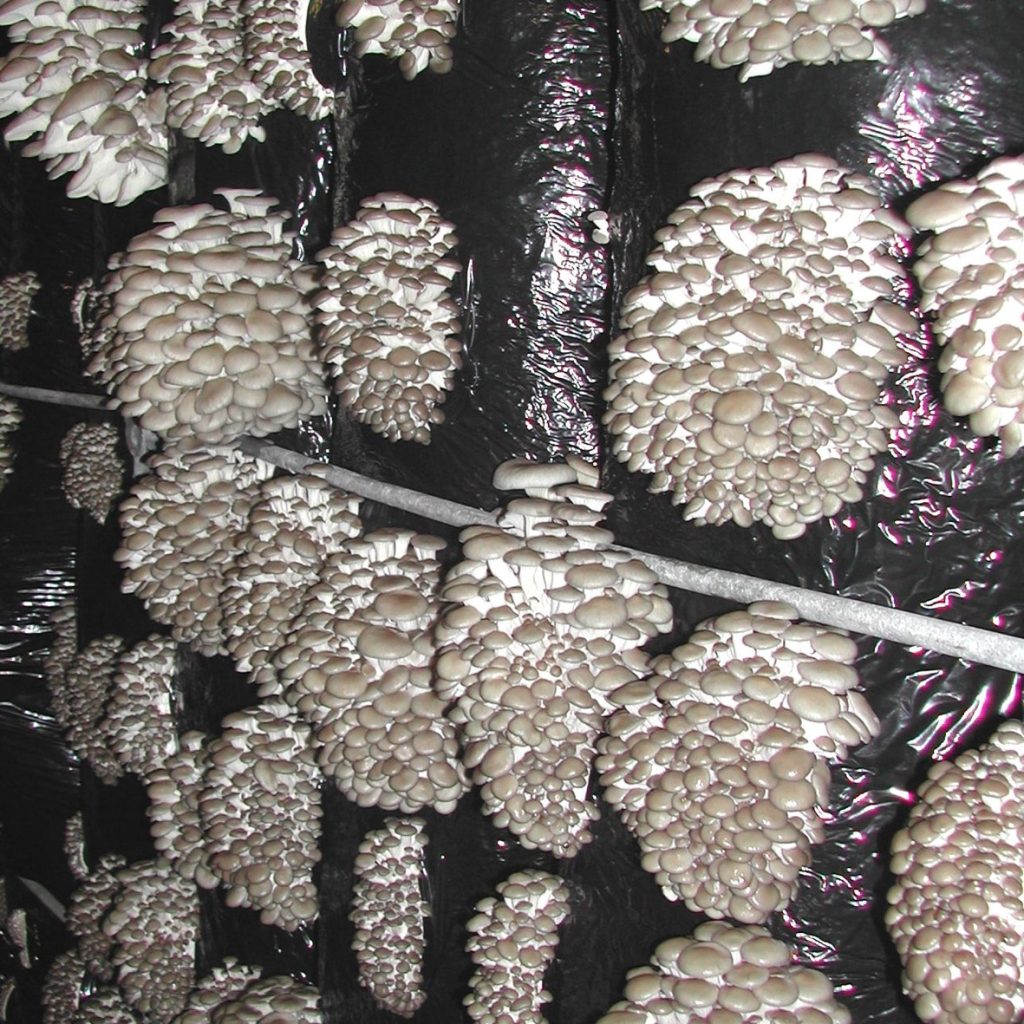When it comes to growing mushrooms, the quality of your spawn plays a crucial role in determining the success of your cultivation.
This is a short guide to assessing the viability of mushroom spawn.
Whether you’re a seasoned grower or just starting out, ensuring the viability of your spawn is where success begins. This guide is your gateway to understanding and assessing mushroom spawn like a pro. In this short guide, we’ll break down the process into easy-to-follow steps, starting with a visual and olfactory inspection, followed by a more detailed method using MEA+ plates to test the spawn’s health and activity. By the end of this guide, you’ll have the tools and knowledge to determine whether your mushroom spawn is viable or needs to be replaced. So, roll up your sleeves, and let’s delve into the art and science of spawn assessment. Together, we’ll ensure that your next batch of mushrooms starts off on the right foot (or the right strand of mycelium, to be exact). Ready? Let’s get growing!
Let’s simplify it into actionable steps for anyone looking to test their spawn’s quality.
Let's begin with a visual and Olfactory Inspection
First: Look for signs of decay
- Bad sign: Brown, stinky liquid indicates the spawn is decaying and unusable.
- Potentially okay: Clear, non-odorous yellow liquid suggests the spawn is aged but might still be viable (e.g., Pleurotus species).
Next: Smell the spawn
- Fresh spawn typically has a clean, earthy or mushroom-like smell.
- Any foul or off-putting odor likely indicates contamination or decay.
Testing Spawn Viability using MEA+ Plates
Materials needed:
- Sterile petri dishes with malt extract agar (MEA+)
- Laminar Air Flow (LAF) or equivalent clean environment
- Parafilm tape
- Sterile tweezers
Steps:
- Prepare the Workspace:
- Work in a clean environment, preferably under a Laminar Air Flow (LAF) hood.
- Sterilize all tools and surfaces to minimize contamination.
- Transfer Kernels:
- Open the spawn bag as minimally as possible.
- Using sterile tweezers, take a few grains from the spawn bag.
- Place the kernels onto the MEA+ plate.
- Spread the Kernels:
- Roll the kernels gently on the agar surface to spread any mycelium.
- Ensure you work quickly to avoid airborne contaminants.
- Seal the Petri Dish:
- Close the dish immediately and tape it off with Parafilm.
- Incubation:
- Place the dish at room temperature (~20–25°C).
- Monitor for white mycelial growth
Interpreting Results
- Growth within 3–5 days: Mycelium is still active and viable.
- Growth within 1–2 weeks: Spawn is aged; consider increasing the spawn ratio when inoculating substrates.
- No growth or visible contamination: Spawn is no longer viable.
If you’re dealing with aged spawn, these tests can save time and resources while ensuring the success of your cultivation project.
You can purchase MEA+ dishes along with spawn from specialized suppliers.
